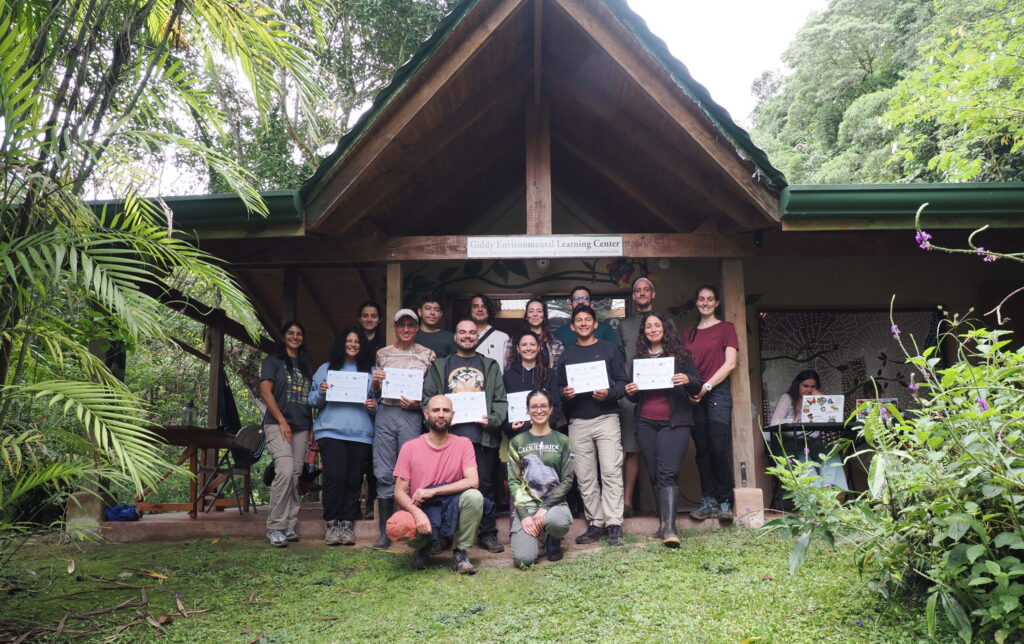
From September 26 to 28, 2025, Cloudbridge Nature Reserve welcomed participants to the second edition of the intensive course “Mammals of Costa Rica: Natural History, Conservation, and Field Methods.” Led by biologist José Daniel Ramírez-Fernández—a leading expert on Neotropical small mammals and founder of OneHealth Costa Rica Alliance—the course provided a deep dive into the biology, ecology, and conservation of Costa Rica’s remarkable mammalian fauna.
Despite its small size—just 51,100 km²—Costa Rica hosts over 250 mammal species, thanks to its unique position as both a bridge and a barrier between North and South American faunas. While large, charismatic mammals like jaguars and monkeys often dominate public attention, this course intentionally centered on the country’s lesser-known but ecologically vital species: rodents, bats, shrews, and other small mammals that form the backbone of healthy ecosystems.
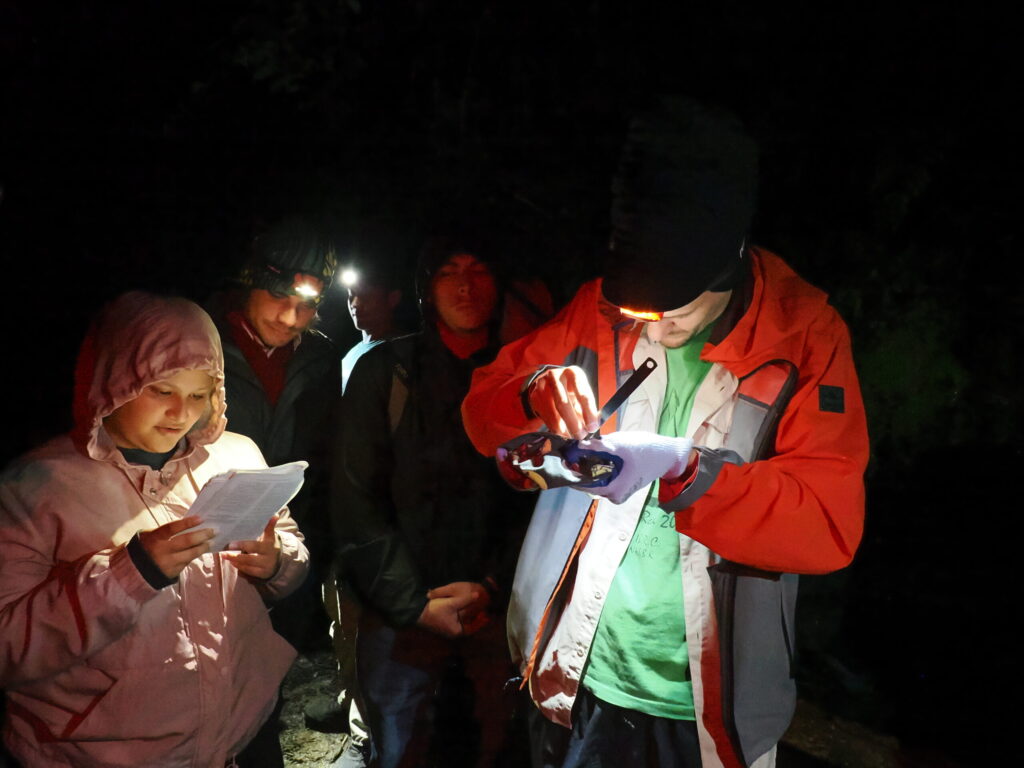
Over three days, participants engaged with a structured curriculum covering the origin and evolution of mammals, key anatomical and physiological traits, and detailed natural history of all major terrestrial and volant mammal groups in Costa Rica. Lectures explored the biology of marsupials, xenarthrans (sloths, armadillos, and anteaters), primates, ungulates, carnivores, and—given their exceptional diversity had a big focus on Chiroptera (bats) and Rodentia (rodents). Special attention was paid to endemic, threatened, and ecologically significant species, as well as practical field indicators such as tracks, scat, feeding signs, and shelter use that aid in detection and interpretation during guided tours or research.
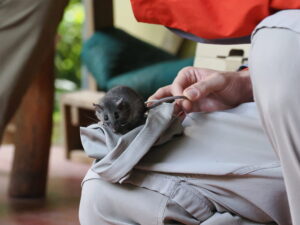
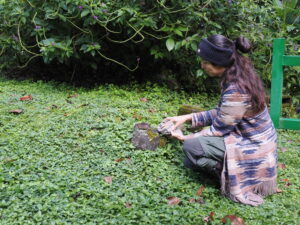
The course blended theory with hands-on field experience. Participants learned to deploy mist nets for bat sampling, set camera traps for medium and large mammals, and identify species through field signs and morphological keys. Although heavy rain limited some nocturnal activities, the practical sessions offered valuable opportunities to observe and safely handle live specimens, reinforcing ethical protocols and the importance of minimizing stress during scientific capture.
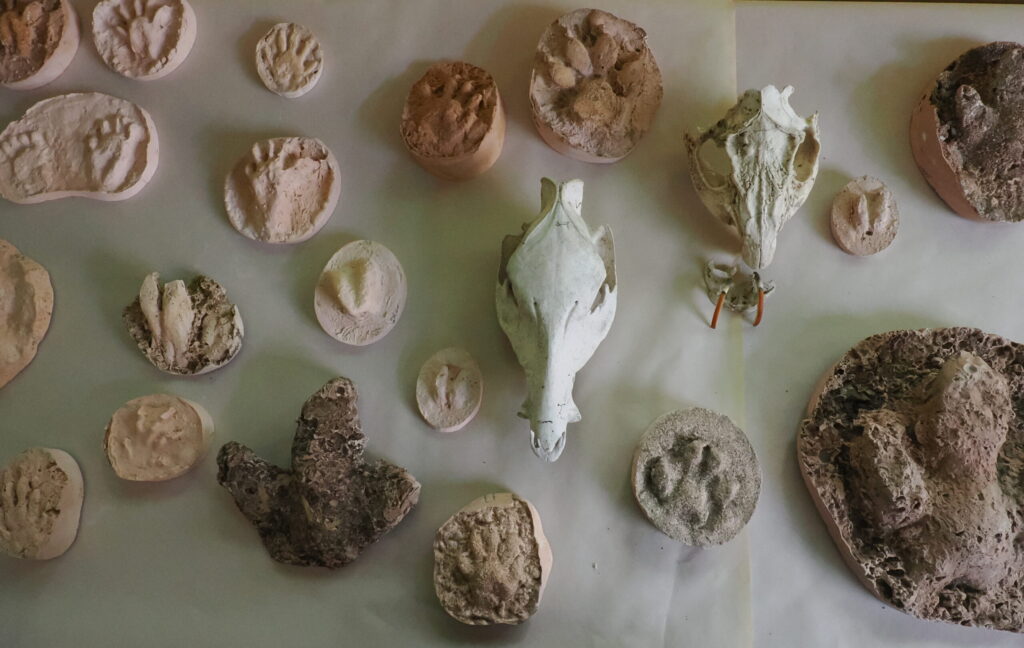
A dedicated session on conservation addressed key threats—including habitat fragmentation, road mortality, and human-wildlife conflict—and highlighted the critical role naturalist guides and local communities play in fostering coexistence and stewardship. The course concluded with a discussion on endemism in Costa Rica’s highlands, where Cloudbridge’s cloud forest provides refuge for several range-restricted species, particularly among rodents and bats.
José Daniel’s instruction—grounded in years of field research, curation of Costa Rica’s national mammal collection, and active involvement in regional conservation initiatives—ensured that content remained scientifically rigorous, up-to-date, and deeply relevant to real-world conservation challenges.

Cloudbridge is proud to support educational programs that expand understanding of biodiversity beyond the iconic, empowering participants to become informed advocates for all of Costa Rica’s mammals—especially those that live quietly in the shadows of the forest. We look forward to offering the third edition of this course in the near future. Stay tuned for announcements on our website and social media!
